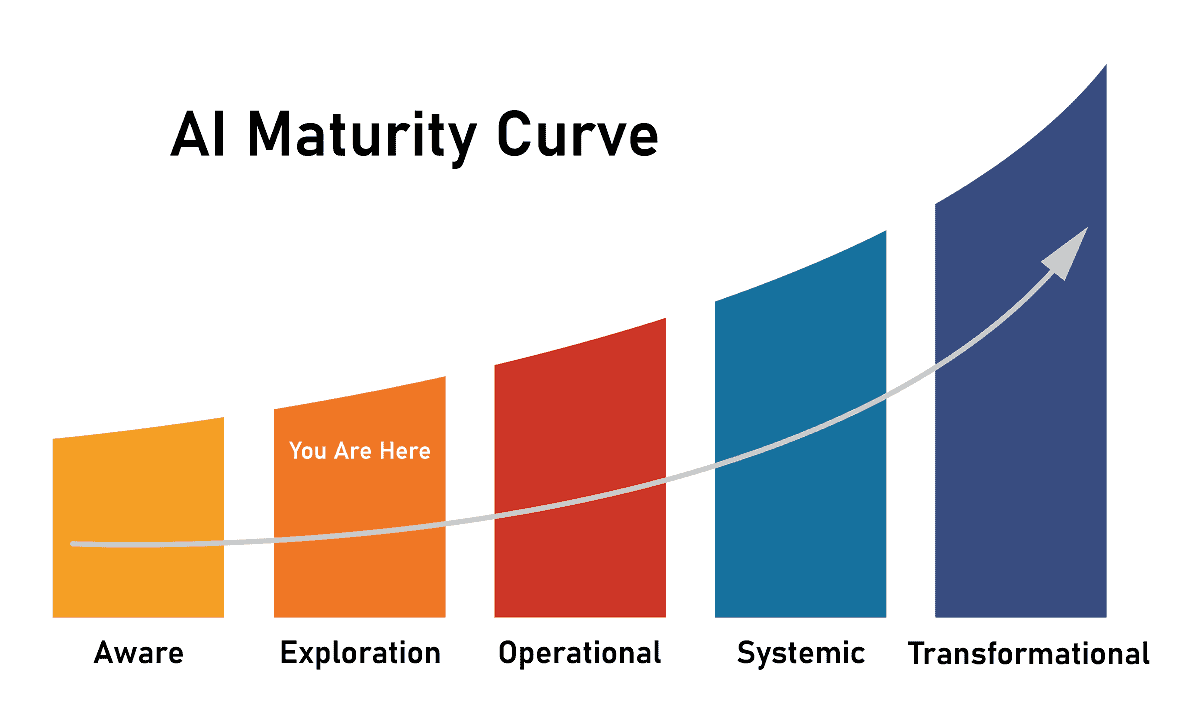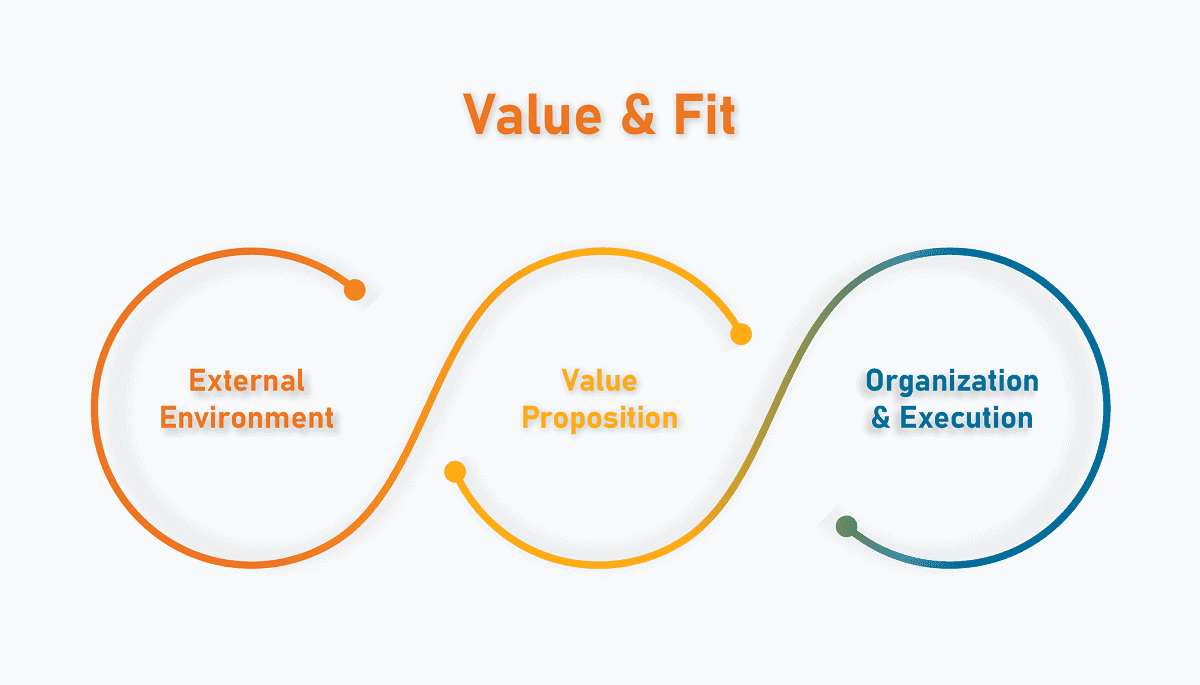Getting Started with AI
For many companies, artificial intelligence is the next step to improve processes and create a better customer experience. However, getting started with AI can feel like no easy feat. Consider this your AI 101.
Artificial Intelligence (AI), at first, can seem quite intimidating and complex. This fear of the unknown can often get in the way of effective exploration and strategizing, but it’s important to remember AI is an opportunity, not a threat.
The need for businesses to innovate is greater now than ever. With AI and machine learning (ML) trickling down to even the smallest of companies, it’s imperative for the future evolution of business to anticipate what’s ahead.
The first iterations of AI being implemented always involved large tech companies (Google, Apple, Facebook, Amazon, and Intel); companies that had the wiggle room to take these kinds of risks. They are ones that have so far lead the movement in AI because of their:
However, now traditional companies like Kroger (reducing errors in self-checkout) and CVS (retail loyalty and personalization with advanced AI models) have embraced AI to build solutions to problems that, quite frankly, can only be solved by AI.

Where should you start an AI project?
We recommend not “boiling the ocean” when it comes to your first dance with AI. You’re already testing out methods that need to prove themselves, so find a place for it where the energy is already being spent in the company. Don’t use AI to try to bring attention to a low-priority item. Where is the company actually investing its resources – financial and otherwise? Look at actual investment decisions for new technologies.
Here are some top ways to incorporate AI/ML into businesses. These are based off use cases that are more commonplace, have proven success, or the technologies are past the early adopter phase.
1. Customer interaction to manage their accounts and personal support
Customer interactions are usually done through AI-powered digital assistants, voice, or chatbots. In addition, automated social media responses, agent decision support tools, sentiment analysis, and computer vision for object/issue recognition. This helps understand the customer requirements clearly, solve specific issues with minimal resources, and increase customer engagement.
2. Seek to transform with AI by modernizing existing applications
Smartbridge considers your existing applications and uncovers possible ways to integrate AI into legacy systems, breathing new life into costly, embedded core systems. This is a great way to incrementally build trust and credibility in AI.
3. Pre-built services
Pre-trained AI models without the need for ML expertise. They can have functionalities like vision, speech, language, search, and decision-making. These services can help deliver business value quickly, help the stakeholders work with AI-driven insights, and assist in change management.
What is the best guide for creating the right AI strategy?
The answer to creating an AI strategy depends largely on where you want to add value to the business. A few starting places could be:
An AI adoption framework is an ideal next step in facilitating a proper strategy, to align business goals around such things as skills maturity, foundation and governance, adoption roadmap, best practices, and even a steering committee.
Microsoft, a company that’s been in the AI business for a while, reminds customers that strategy is about value and fit. Opportunities for AI should be examined against these three dimensions:

External environment
Includes factors such as shifting buyer behavior, new competitors and business models, changes in government regulations, and the arrival of new technologies.
Value proposition
Additional value your organization is looking to provide your customers – Benefits, functionalities minus your costs.
Organization & execution
Assurance your organization has the proper alignment of people and processes, and is developing the appropriate competencies and culture to support your value proposition.
The edges of the AI puzzle have been put together, and the middle piece is starting to fill in. By working with companies like Smartbridge to get started with AI, you can quickly identify the design and theme of your puzzle; now, it’s just time to complete it. With our help, your company can venture into AI and ML knowing that you have the right competency and culture to drive business value from AI.
Contact Smartbridge to schedule an Azure AI Immersion Workshop.
Looking for more on AI?
Explore more insights and expertise at smartbridge.com/ai
There’s more to explore at Smartbridge.com!
Sign up to be notified when we publish articles, news, videos and more!
Other ways to
follow us:


